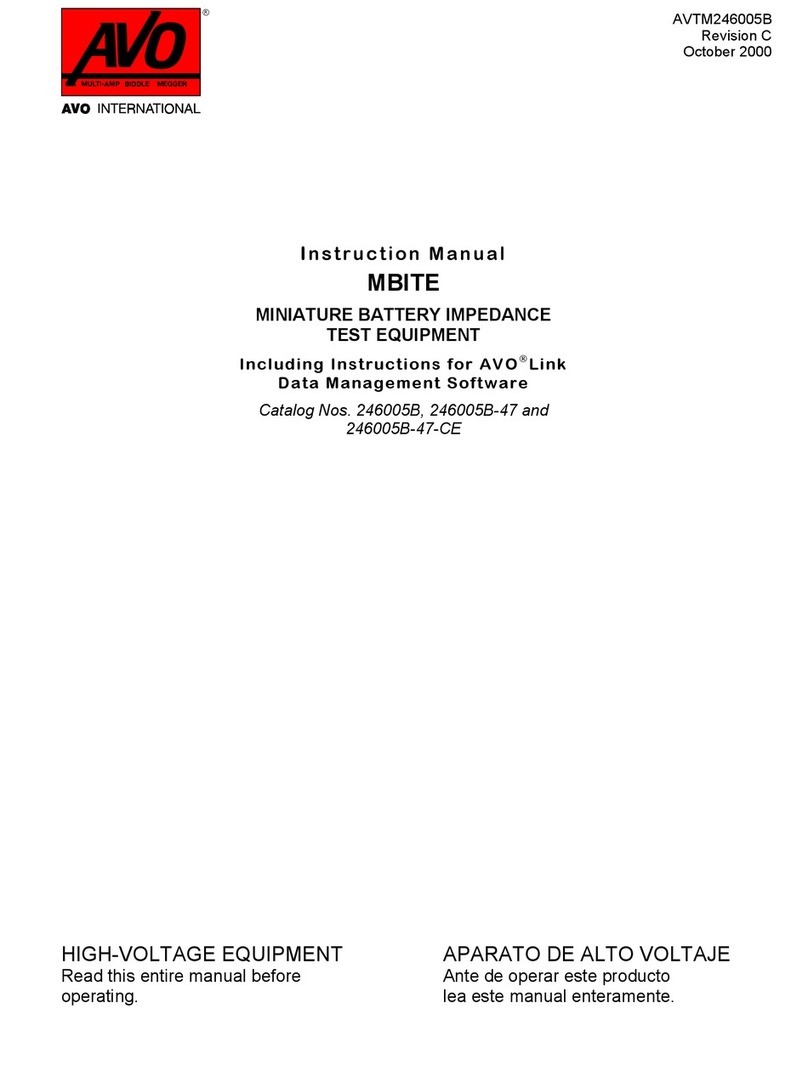
Page 9of17
ThisdocumentisacollaborationbetweenMartinforsberg,Sweden, andEuanMacKenzie,Australia. CopyrightMartinForsberg&
EuanMacKenzie2010-11-18
useacombinationofresistors, eitherinparallel,eg 1.1k// 6.2k; orinseries, eg 910 +24 , toadjustthe
totalcurrent.
Ifyou wantedtomeasurethecurrent, youcouldinsertacurrentmeterinserieswiththecircuit,but you
wouldthenhavetoadjustthecircuitfortheadditionalresistanceintroduced byyourcurrent meter, asit
will alsoproduceavoltagedrop.Itisthereforeeasiertomeasurethevoltagedrop across eachresistor
withadigitalmultimeter,asthatwill haveahighinput resistance,typically10M ,whichwillnotaffectthe
circuitasmuchasthe currentmeasurementwoulddo–quiteapartfromthat,you donot need breakthe
circuitforvoltagemeasurements!
Thisalsomeansthat if youneed toreplacethe90 anode currentpotentiometer, withanothervalue,say
100 (since90 willbe hardtofindnowadays)youcando that, but thenyouwillneedtoreducethe
seriesresistor, R6, bytheadditionalresistanceinthenewpotentiometer,inordertokeepthe currentat
12.5mA through the backing-offcircuit; inthisexample,by10 . Howeveryouwillneedtomakeanew
scalefortheanodecurrent potentiometer,and youwillgetalargeroverlapon eachrange, butitwillstill
givethe correctmeasurementsforanodecurrent. Thepracticalminimumvaluewill be closeto90 , asit
wasoriginally.Ifforanyreason,you needtogolowerthan 80 ,thenyouwillhavetolowereach80
resistor,and increasethecurrent, tomaintainexactly1V. A typicalreason forreplacingitwouldbethat
theoldoneisopencircuit, orperhapshasbecomenon-linear,duetowear,orisotherwisedamaged.
Makinganewscaleisquiteeasy if youusea360°protractor, togetherwithamultimetertomeasureout
eachstep ofeither0.1V, or8 ,andmarkthemontheprotractor,thentransferringthemtoapaperscale.
Or,alternatively, youcandrill aholethroughthecentreofafairlylargeprotractor, orapieceofPCB, then
fasten the potentiometerintheholeandusingalarge knobonthepotentiometer,and asyouturnit,mark
eachpoint on theprotractor/pcb, whichyoucanthentransfertoapaperscale.
NB:-Thereisonecasethathasnotbeencheckedthoroughlysofar,andthat iswhetherthe gm
measurementswill beaffected, if thepotentiometerischangedtoanyvalue otherthan90 !Thereisonly
aslightriskof that, sinceeachofthethree240 resistors,R24 toR26,areusedtocompensateforthe
anode current controlresistances-thisshouldbeinvestigatedfurther, beforeI canrecommendchanging
thepotentiometerforanothervalue;butmyguessisthatthe changedoesn'tmatter, asitisthevoltage
deliveredbetween the twopointsthat formthebacking-offcircuit, iswhatthemeasurementiscompared
with, andsincethatisunchanged,sothenisthe currentandresistanceinthat circuitpath.
However,therealsothe possibilitytoputapotentiometerwithahighervaluein, andthenshortingoutthe
lastpart ofthe trackabove90 ,andthenmakeanewscaletofitthe newpotentiometer;thenthiswill
workjustaswellastheoldone,except thatthenewscalewill be morecramped!
Fortheanode currentcontrolmeasurementstobe accurate,you mustensurethat theremainderof the
componentsintheAVOCT160arewithintolerance,andalsothat thetesteriscalibrated;howeverforthe
anode current controlsinthemselvestobe accurate,you mustensurethatavoltageof1V MeanDCis
developed across eachof the80 resistors.
The otherdiodesintheCV140 valves,V1&V2,canalsobereplaced withSilicon diodes,and fortunately
thevalueused forthe SETVgpotentiometer, RV3,islargeenough sothatnothingneedstobechanged
oraddedthere.EachrectifierintheCV140 hasaforwardvoltage dropof approximately2.2-2.9V,atthe
currentsinvolved(whichrange fromcloseto11mA, toup to14mA,through eachdiode), whereasa
Silicondiodehascloseto0.7V atthesecurrents. The differencebetween thesevoltagedropswillbe
takenupbyRV3asithasenoughresistanceforthisadjustment.
A quickcalculationofthisfollows:-55VRMSisequivalentto55÷1.1107 =49.52VMean, whichhalfwave
rectified, becomes49.52 ÷2=24.76V MeanDC.
ForSETVgcalibrationpurposes,AVOstateintheircalibration procedurethat avoltageof20.8VMean
DCshouldbepresentacrosstheGridVoltscontrol, RV2; thisthenmeansthatthediodeintheCV140





























